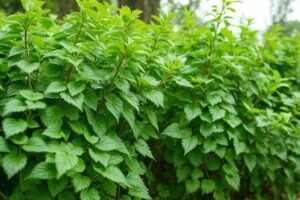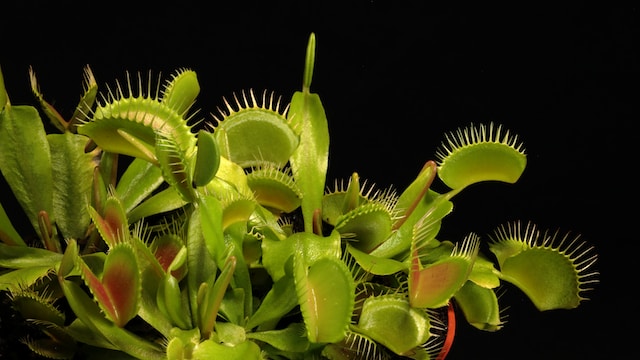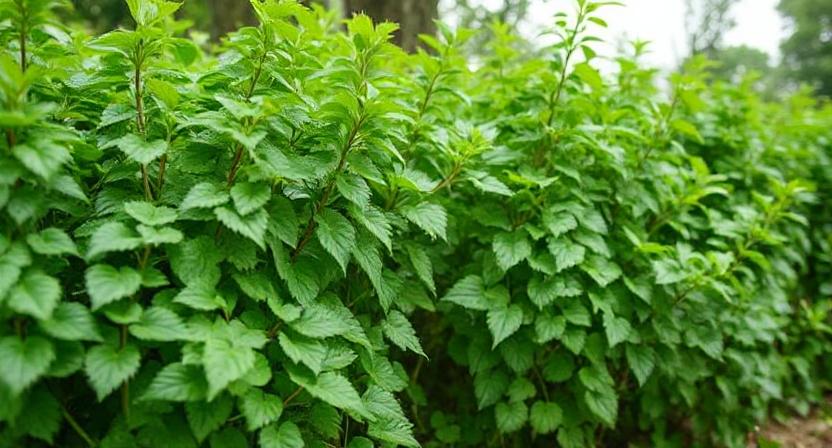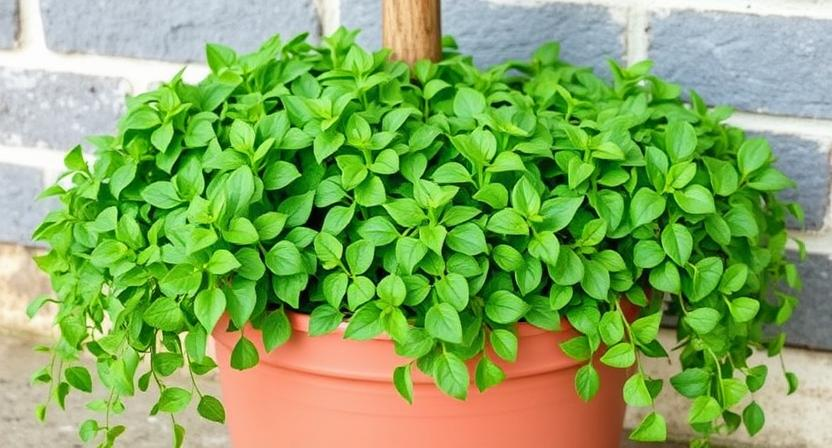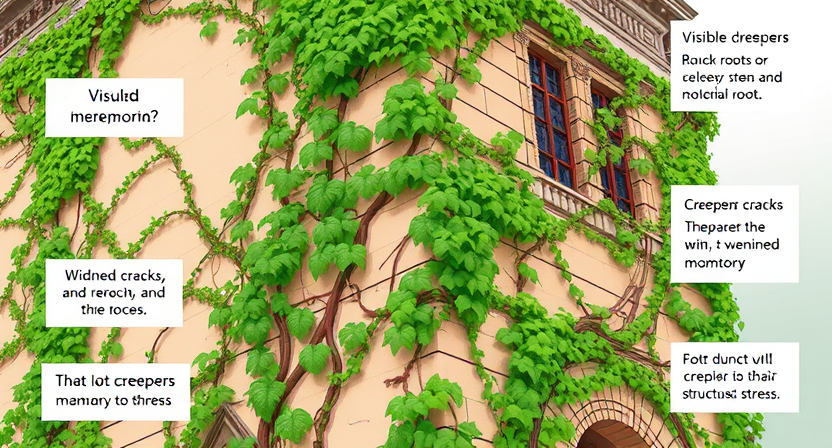Introduction
Venus flytraps are fascinating creatures. The plant has been around for millions of years and it still continues to surprise scientists. In fact, Venus flytraps use their own special feeding mechanisms which allow them to catch insects without the aid of animals or wind currents like other plants do. In this article, we’ll explore how these unique feeding mechanisms work so that you can better understand how this strange plant works!
Venus flytraps are similar to other insect traps.
The Venus flytrap is not the only plant that uses a trap to catch insects. The pitcher plant and sundew are also carnivorous plants, but their traps work differently than the Venus flytrap’s.
Insects fall into pitcher plants because they’re attracted by nectar-like secretions on the inside walls of these plants’ pitchers (another name for “pitcher”). As an insect lands on a pitcher’s surface and sticks its feet into this viscous substance, it becomes trapped inside as more nectar covers its body and legs. As soon as all six legs are covered in nectar, they lose their grip on whatever surface they were standing on–which means they fall into the bottomless pit below them! At this point, digestive enzymes start breaking down whatever remains of your poor unfortunate victim…and then boom: You’ve got yourself some dinner!
Sundews use trickier tactics than most other carnivorous plants do when attracting prey with their sticky leaves–they lure unsuspecting bugs with sweet smells before luring them closer with deceptively delicious-looking droplets (which actually contain deadly acid). Once an insect gets close enough for its mouthparts to get stuck within reach of one of these droplets’ tips–whoopsie!: Too late now buddy because there goes another meal down southwardly towards digestion central!
There are three main parts of a Venus flytrap.
The trap is the part of the plant that catches insects, while the leaf grows above ground and serves as its mouth. The root system is located below ground, where it absorbs nutrients from rainwater or soil.
The trap has sensory hairs that allow it to sense insects.
These sensory organs are found on the inside of each leaf, near its trigger hairs. They help the plant to sense when an insect is inside its trap.
The trap closes when the insect is inside.
The Venus flytrap’s feeding mechanism works via touch-sensitive hairs on its leaves, which are sensitive enough to detect even the slightest contact by an insect. When these hairs are touched, they trigger a rapid closure of the plant’s leaf blades around any unfortunate prey that may be caught between them. The whole process takes less than a second!
Once closed, digestion begins almost immediately; within five minutes of being swallowed by one of these plants (which should give you some idea of how fast they move), your average bug will have been reduced down into its component parts: proteins broken down into amino acids and carbohydrates converted into simple sugars like glucose and fructose through enzymatic activity within cells lining the interior walls of each leaf pair–all without help from any digestive enzymes produced by either plant or animal bodies involved in this process!
When an insect triggers the trap, it releases digestive juices into the chamber and begins digesting its prey.
The trap slowly opens after swallowing an insect, allowing more insects to enter.
The trap slowly opens after swallowing an insect.
The Venus flytrap is a carnivorous plant that captures insects for food. The plant uses its leaves to trap insects in order to digest them and obtain nutrients from the prey’s body.
The leaf of a Venus flytrap contains two halves: one with teeth on it, which acts like a jaw; the other half has no teeth and looks like an open mouth. When an insect lands on this surface, it triggers hairs on both sides of the leaf (or “mouth”) that cause these two halves to snap shut quickly–like jaws! They’ll stay closed until they’ve digested their meal or until winter sets in (depending on where you live).
Venus flytraps have been around for millions of years and they still have some secrets left to uncover!
The Venus flytrap is a very unique plant. It has been around for millions of years, and scientists are still discovering new things about it!
The Venus flytrap is a carnivorous plant that eats insects. The leaves have trigger hairs on them, which cause the edges to snap shut when an insect walks across them. This traps the insect inside with no way out until it dies from dehydration or starvation (or both). Then, the plant can digest its meal using enzymes secreted by glands inside each leaflet’s margins.
Conclusion
If you’re looking for a really cool plant to add to your collection, then the Venus flytrap is definitely one of the best choices. It’s easy to care for and doesn’t require much water or sunlight to grow well. You can even make your own terrarium from scratch if you want one!







